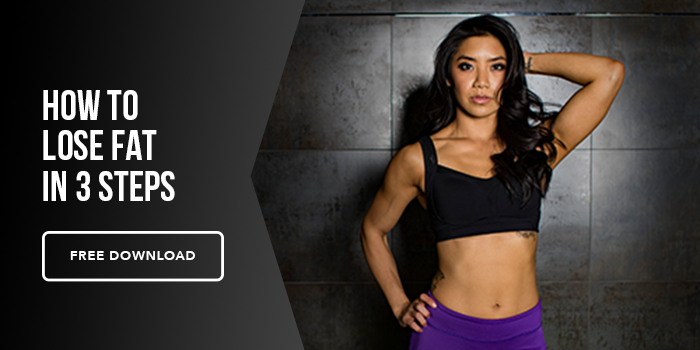Okay momma, you’re tired (no–exhausted), your energy is at an all-time low, and the baby weight is bothering you more and more. I get it. On average, women gain 25-35 pounds during pregnancy; a lot of that is lost during childbirth and recovery, but it’s pretty common to still carry an extra 10-15 pounds during the postpartum period. As hard as it is to get going, sometimes the hardest part is knowing where to start, what to consider, and what types of exercises to focus on. This article will help break it down for you.
Start Early
If possible, start working out even BEFORE you’re pregnant. Strength training before and during pregnancy will be your best bet if you want to enter your postpartum stage as able-bodied and strong as possible. Having some muscle mass will work in your favor as it helps rev up your metabolism and, honestly, makes it easier to lose weight when it is time to do so. It has also been said that those who continue working out during pregnancy tend to have easier deliveries. You may not be as strong as you were pre-pregnancy, but the muscle memory will kick in.
Of course, make sure you are cleared by your doctor to start working out. The answer will vary depending on your situation, but 4-6 weeks is the general amount of time you can start working out after giving birth. Many women may start going on walks before that 4 to 6-week period, but I would definitely hold off on more intense cardio and strength training until you get the go-ahead from your doctor.
Workout Guidelines
Remember, your strength and cardio endurance will not be as strong as it was before (and that is okay!). A great start is working your way up to 150 minutes of aerobic exercise during the week to get your aerobic capacity back to baseline. If you’re a runner, don’t try hitting five miles on your first outing. Shoot for a mile, maybe two, and keep the intensity low to moderate.
I also wouldn’t jump right back into what you were lifting pre-pregnancy despite how anxious you are (I know you’ve been dying to squat again). Start with functional exercises, like bodyweight squats, lunges, push-ups, and light rows. The purpose of starting with these exercises is to wake up the muscles, not continue where you left off. Adding MAPS Starter to your routine is a great way to get back to basics. After a few weeks, re-evaluate and start adding weight to the movements. Generally, three months postpartum is an appropriate time to start barbell training and lifting at a heavier resistance, but still at a weight that you can handle. By this point, you can aim to strength train 3-4 days per week.
Additionally, pelvic floor and core strengthening exercises are your friends, especially in the earlier postpartum stages. Below are some exercises you can use to ease back into a workout routine; complete 3-4 sets of each in the 15-rep range.
-Glute Bridge variations
-Bird Dog variations
-Plank variations
-Cobras
-Cat-Cow
And I do have to mention, kegels wouldn’t hurt to help strengthen the pelvic floor. Not only does it help improve recovery, but a strong pelvic floor helps maximize intra-abdominal pressure when you’re executing a lift.
Additional Things to Remember
- Your appetite will be roaring, especially if you are breastfeeding. It is recommended to be consuming an extra 300-500 calories to ensure you are producing enough milk for the baby.
- Not just for you, but for the baby. Always keep a water bottle handy during your workout and throughout the day.
- Find Your Mom Gang. Other moms can relate. And they can also help keep you motivated to stay on track. Whether it just starts off as morning walks pushing the stroller, or spotting each other in the gym, having additional support and accountability will help keep your workouts and activity consistent.
- Your Body is Amazing. Whatever your birth story is, whether you had a natural birth or had a complicated delivery, you are capable of accomplishing some pretty incredible things. Keep that in mind when the going gets tough and you feel like your body is working against you. Every woman’s body changes in some way after giving birth, but it doesn’t mean you will never feel happy and healthy in your body again. Just remember to give it a lot of time and patience.






